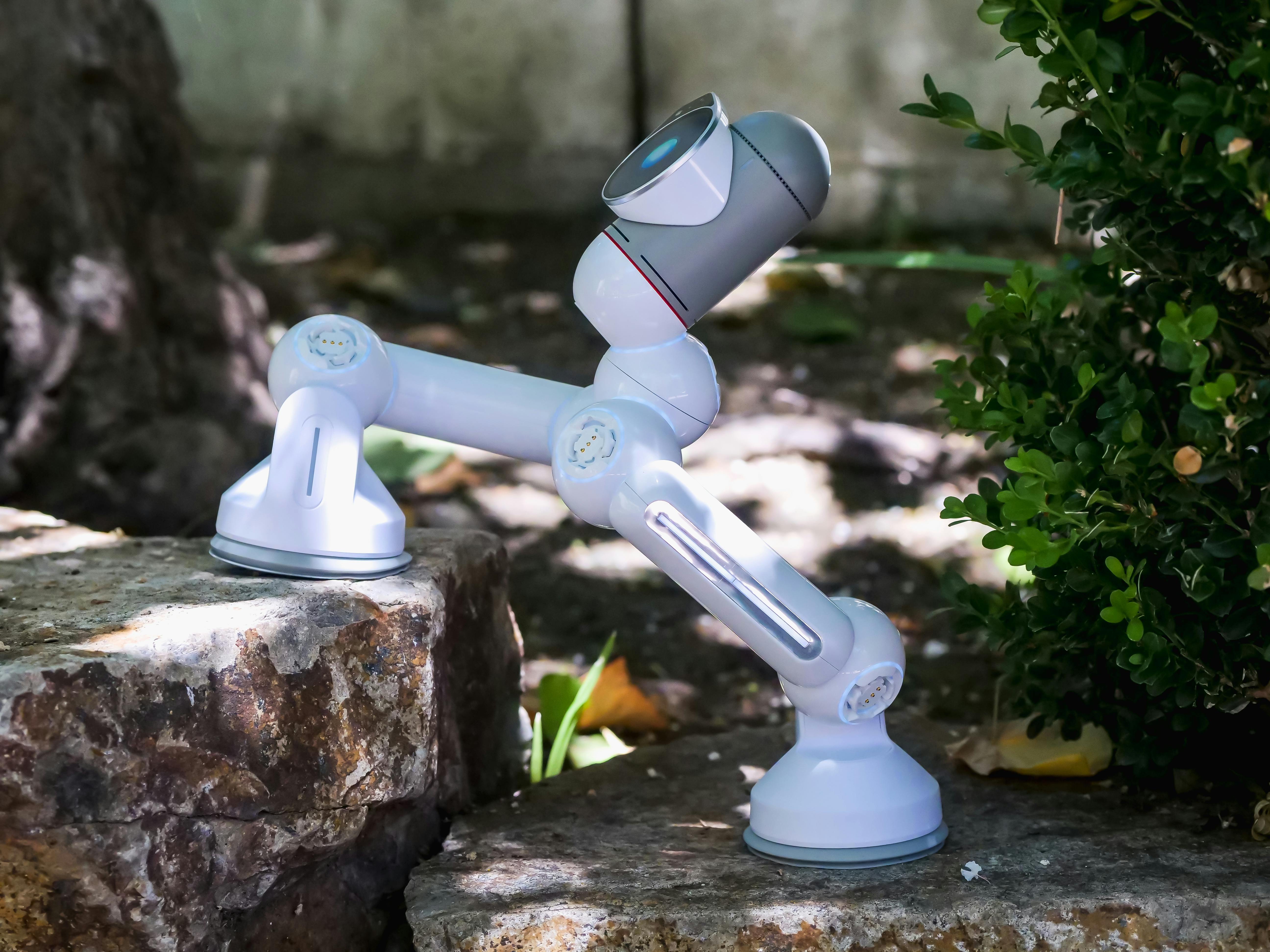Light-Powered Microbots: The Tiny Titans of Tech
The world of technology is no stranger to miniaturization. From mainframes to microcomputers, we've seen devices shrink while their capabilities exponentially grow. But what if we go smaller? Much smaller. Enter light-powered microbots, tiny machines capable of performing intricate tasks on a microscopic scale.

A Historical Perspective: From Visions to Reality
The concept of microscopic machines isn’t new. Richard Feynman, a renowned physicist, introduced the idea in a 1959 lecture titled “There’s Plenty of Room at the Bottom.” Feynman envisioned a future where we could manipulate individual atoms to construct tiny machines. Fast forward to today, and we are inching closer to this reality.
Microbots: A New Frontier in Technology
These tiny machines, often less than a millimeter in size, are known as microbots. Their potential applications are vast, from targeted drug delivery and minimally invasive surgery to environmental monitoring and repair of delicate electronics. The challenge, however, has been in powering these microbots. Traditional energy sources are too large or inefficient at this scale.
The Rise of Light-Powered Microbots
Scientists have recently developed microbots that can be powered by light, a breakthrough that bypasses the power source challenge. These microbots contain materials that respond to light, causing them to move or change shape. The ability to control these movements with precision opens the door to a host of applications.
The Price and Potential Impact
Given their potential, it’s no surprise that these microbots are not cheap. With the current technology, the estimated price for a single microbot could range from hundreds to thousands of dollars. However, as with all emerging technologies, costs are expected to decrease as production methods improve and scale up.
The market impact of light-powered microbots is vast. In healthcare alone, they could revolutionize procedures, enabling targeted drug delivery and reducing the invasiveness of surgeries. In the electronics industry, microbots could perform intricate repairs that are currently impossible. These are just a few examples of the potentially transformative effects of this technology.
The Future of Microbots: A Blend of Science and Imagination
Despite the impressive strides made in microbot technology, we are only scratching the surface of what’s possible. As scientists continue to explore the potential of these tiny titans of tech, the only limit is our imagination.
To quote Feynman from his seminal lecture, “There’s plenty of room at the bottom.” As we delve deeper into the microscopic world, it’s exciting to imagine what we might discover next. And with the advent of light-powered microbots, it seems we are one step closer to turning Feynman’s vision into reality.




